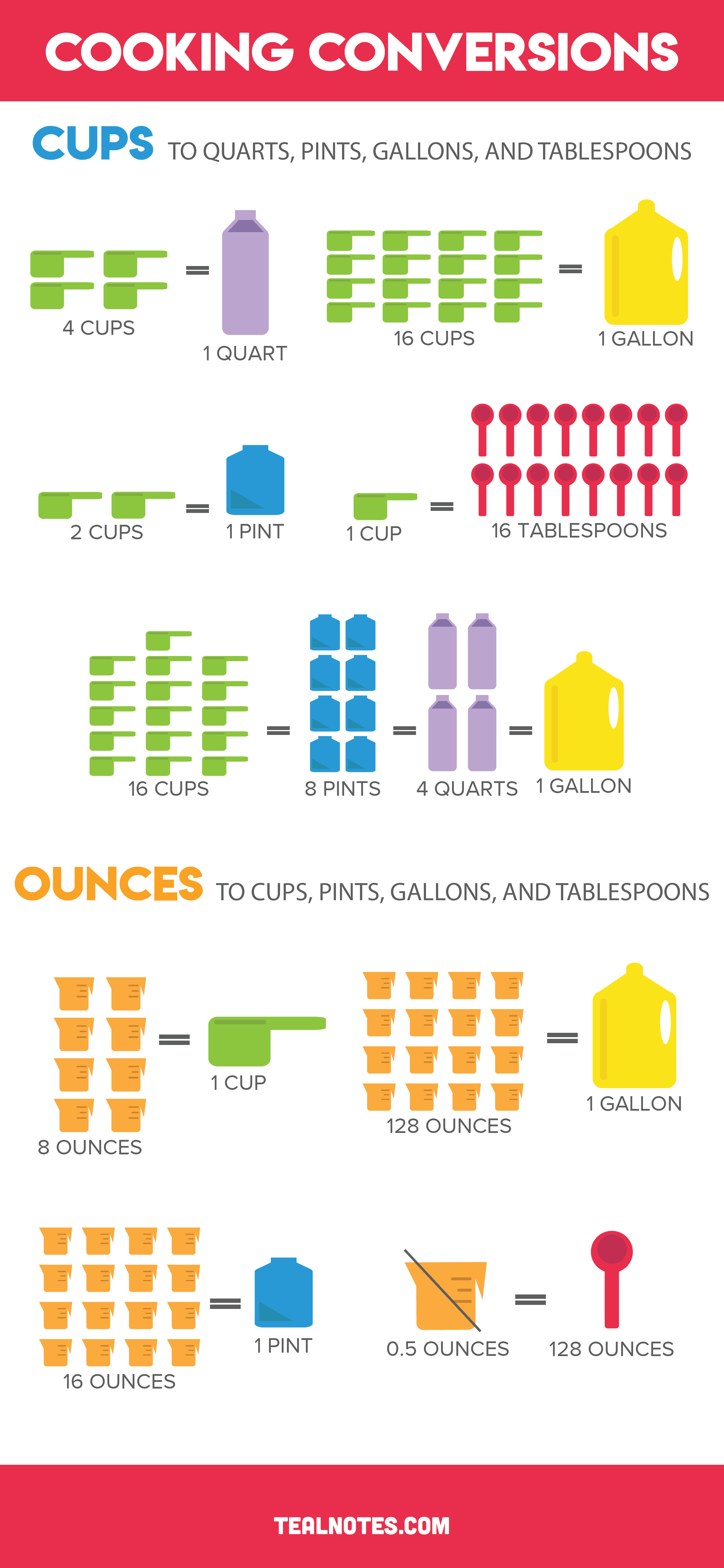In the culinary world, precise measurements can often be the difference between a successful dish and a culinary disaster. When it comes to cooking or baking, understanding how to convert different measurements into cups is essential for any home chef or baking enthusiast. This article delves into the intriguing question of "1 3 1 3 how many cups?" and seeks to clarify the confusion surrounding measurement conversions in the kitchen.
Whether you are attempting a new recipe or adjusting an old favorite, knowing how to interpret measurements is crucial. The phrase "1 3 1 3 how many cups" may seem puzzling at first, but by breaking it down, we can gain a clearer understanding of what it signifies. Let's embark on this journey to demystify measurement conversions and explore how they can enhance your cooking experience.
In this article, we will provide you with a comprehensive guide on how to convert the measurement "1 3 1 3" into cups, along with practical tips on measuring ingredients accurately. By the end of this read, you will be equipped with the knowledge to tackle your next culinary adventure with confidence.
What Does 1 3 1 3 Mean in Cooking Terms?
Before we dive into the specifics of converting "1 3 1 3" into cups, it’s essential to clarify what this measurement means. The numbers may represent a combination of fractions, whole numbers, or even a sequence of ingredients required for a recipe. Understanding this concept is pivotal for accurate measurements in the kitchen.
How Can We Convert 1 3 1 3 into Cups?
To convert "1 3 1 3" into cups, we need to interpret the sequence of numbers correctly. This numerical representation could mean a few things based on the context of the recipe. It might refer to a measurement of 1 cup plus 3 tablespoons, followed by another 1 cup and 3 tablespoons. To convert these measurements into cups, we can follow these steps:
- 1 cup = 1 cup
- 3 tablespoons = 3/16 cups (since there are 16 tablespoons in a cup)
Thus, the total for "1 3 1 3" would be:
- 1 cup + 3/16 cup + 1 cup + 3/16 cup = 2 cups + 6/16 cups = 2 cups + 3/8 cups
In conclusion, "1 3 1 3 how many cups" ultimately equates to approximately 2 cups and 3/8 cups.
What Are the Common Measurement Conversions in Cooking?
Understanding common measurement conversions is beneficial for any cook. Below are some essential conversions that can help simplify your cooking process:
- 1 cup = 16 tablespoons
- 1 cup = 8 fluid ounces
- 1 tablespoon = 3 teaspoons
- 1 fluid ounce = 2 tablespoons
By familiarizing yourself with these conversions, you can easily navigate through recipes without the fear of making mistakes.
What Tools Can Help with Accurate Measurements?
Having the right tools is vital for accurate measurements in the kitchen. Here are some essential measuring tools that can assist you:
- Measuring cups (both dry and liquid)
- Measuring spoons
- Kitchen scale
- Liquid measuring jug
Investing in high-quality measuring tools can greatly improve your cooking precision and overall culinary experience.
How to Measure Ingredients Correctly?
Measuring ingredients correctly is crucial for achieving the desired results in your dishes. Here are some tips to enhance your measurement skills:
- Use the right measuring tools for the type of ingredient.
- For dry ingredients, spoon them into the measuring cup and level off with a straight edge.
- For liquid ingredients, ensure you are at eye level with the measuring jug for an accurate reading.
- Always check the recipe for specific measurement requirements.
By following these guidelines, you can minimize errors and create delicious dishes every time.
What Are Some Common Mistakes in Measuring Ingredients?
Even seasoned cooks can make mistakes when measuring ingredients. Here are some common pitfalls to avoid:
- Using the wrong measuring tools (dry for liquid and vice versa).
- Not leveling off dry ingredients.
- Using incorrect conversions (e.g., misinterpreting cups and tablespoons).
- Not considering ingredient density (e.g., flour vs. sugar).
Avoiding these mistakes will lead to more consistent results in your cooking endeavors.
What Are Some Useful Resources for Measurement Conversions?
There are numerous resources available to help with measurement conversions, including:
- Cookbooks that include conversion charts.
- Online conversion calculators.
- Mobile apps designed specifically for cooks and bakers.
- Cooking blogs that offer measurement tips and tricks.
Utilizing these resources can make your cooking experience smoother and more enjoyable.
Conclusion: Mastering the Art of Measurement
Understanding the concept of "1 3 1 3 how many cups" is just one small part of mastering measurements in cooking. By familiarizing yourself with common conversions, utilizing the right tools, and avoiding common mistakes, you can elevate your culinary skills significantly. Remember, cooking is as much about precision as it is about creativity, so embrace the art of measurement and enjoy your journey in the kitchen!
You Might Also Like
Unveiling The Magic Of "Rewrite The Stars" LyricsDiscovering Chili's 3 For Me: A Flavorful Journey
Unlocking The Mysteries Of Genshin Impact Iridescent Inscription Fragment
Unveiling The Life And Journey Of Miguel From Cobra Kai: Celebheights Insights
Get Ready For The Adventure: Kung Fu Panda 4 Tickets Are Here!
Article Recommendations
- Hong Chau Husband
- Joe Rogan Son
- Hannah Owo
- Busty Ema
- Bill Hemmer Relationships
- 5starsstocks Com
- Carol Burnett Health
- Who Was Harold Ford Jr First Wife
- Stephen A Smith Daughter Passed Away
- Shrooms Q


